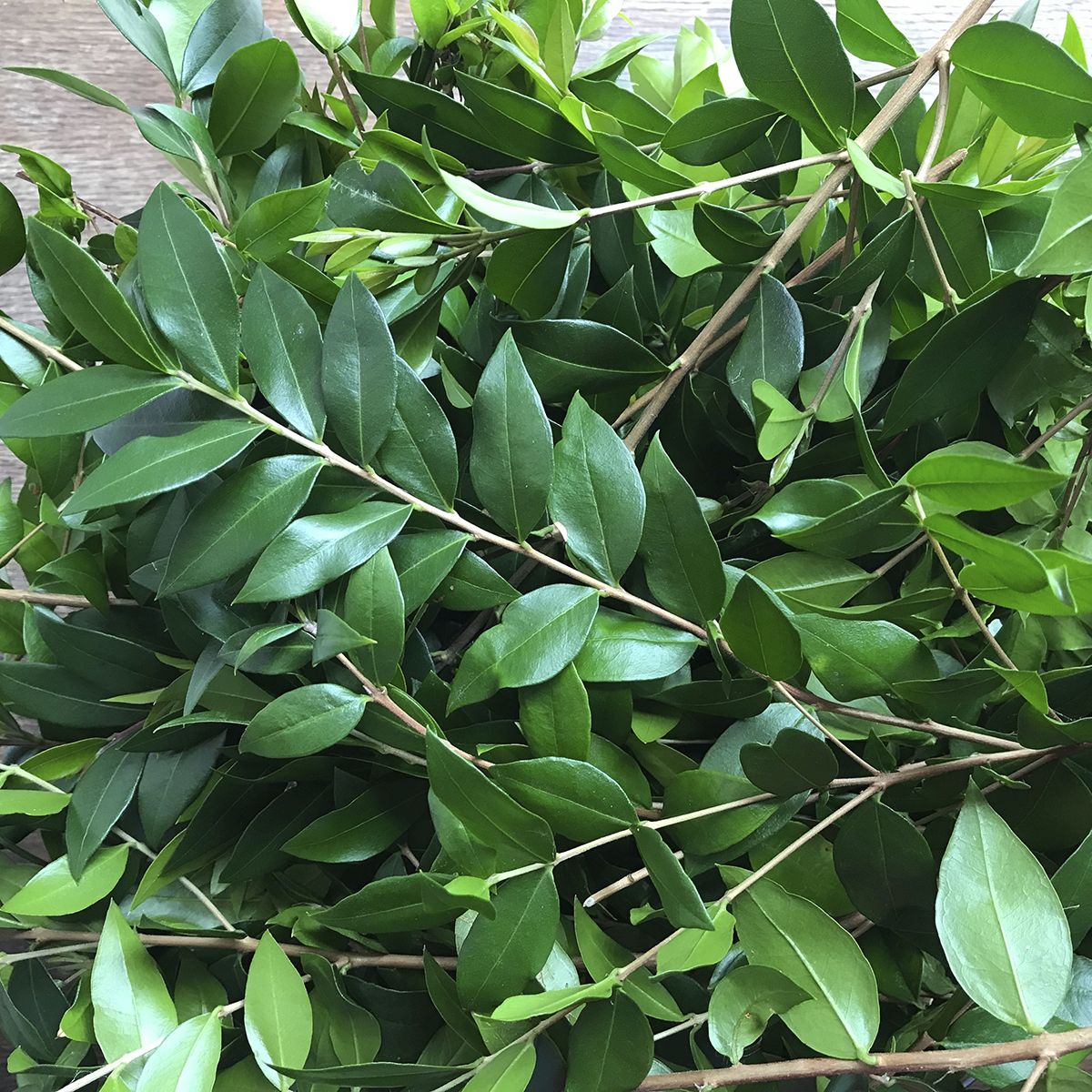Our immune system is crucial in defence against microorganisms. There are numerous components involved in the immune system, from non-specific barriers providing general protection to specific cellular responses to infection. In this article I identify some herbs and their plant families that can contribute to immune health, prevention of infections and easing symptoms. Please note that these plants may help common ailments, but it is essential for people who are pregnant or have underlying conditions to take advice from a qualified clinical practitioner.
GETTING THE RIGHT NUTRIENTS
We can do much to help promote immune defence through food and lifestyle. General advice includes the importance of attention to hygiene, eating fresh and fermented fruit and vegetables, taking regular exercise and having enough sleep. Herbs can assist by supporting digestive capacity. Bitter herbs such as yarrow (Achillea millefolium) stimulate the release of digestive enzymes to maximise the nutrients absorbed. The leaves of yarrow can be included in herb tea mixtures. A related bitter-tasting plant in the daisy (Asteraceae) family is feverfew (Tanacetum parthenium), which grows readily in most soils. A fresh leaf can be shredded and added to salads, or eaten in a sandwich.
STAYING HYDRATED
The mucosal surfaces of the body in the digestive and respiratory tracts offer a mucus barrier to trap pathogens. Keeping up fluid intake supports these internal surfaces, and herbal teas can offer multiple benefits. Lemon balm (Melissa officinalis) makes a delicate infusion that is both relaxing and beneficial for digestion. A good handful of fresh bruised leaf is enough for 1–2 cups, infused in freshly boiled water for 5–10 minutes. Many other mints can be used like this, and they combine well in infusions with other herbs. Lemon balm is in the mint (Labiatae) family, and grows vigorously in rich, moist soils.
RELIEVING RESPIRATORY SYMPTOMS
Many essential oils provide antibacterial and decongestant effects. Thyme (Thymus officinalis) contains the powerful antiseptic thymol. Use thyme fresh or dried as an infusion for steam inhalation. Add a handful of fresh herbs (or one teaspoonful of dried) to a bowl of freshly boiled water and carefully breathe in the steam (taking care not to be scalded). This infusion can be cooled for a gargle. Other mint family plants rich in essential oils are sage (Salvia officinalis) and rosemary (Rosmarinus officinalis), and they appreciate dry, poor soil in a sunny spot. Another plant family with antibacterial effects is myrtle (Myrtaceae), which includes eucalyptus trees. The smaller myrtle (Myrtus communis) shrub has aromatic leaves available all year round in a sheltered garden, and it tolerates pruning well.
STORING THE HARVEST
Most of the plants suggested here can readily be grown in a small garden or in pots and benefit from the harvesting of their young leaves to encourage fresh growth. To dry harvested plant material, spread it out on a tray and put it in an airy space out of sunlight. Once it is crisply dry, store it in brown paper bags or glass jars for up to a year. Dried herbs look different from fresh ones, so label each container with the name of the plant and the date of harvest. Use dried herbs at about one-third of fresh quantities.








